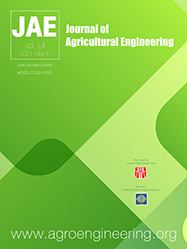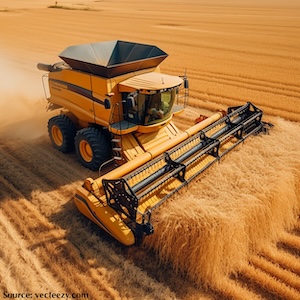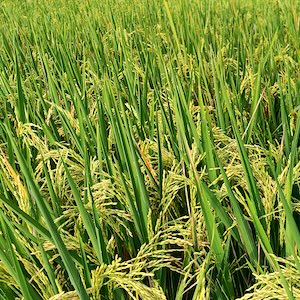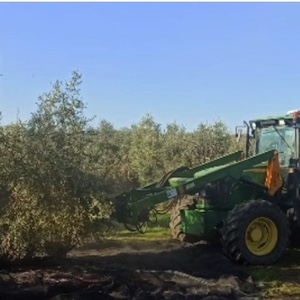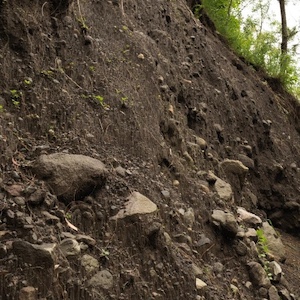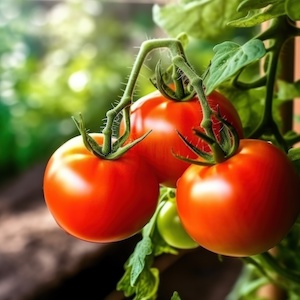A study comparing energy consumption and environmental emissions in ostrich meat and egg production

All claims expressed in this article are solely those of the authors and do not necessarily represent those of their affiliated organizations, or those of the publisher, the editors and the reviewers. Any product that may be evaluated in this article or claim that may be made by its manufacturer is not guaranteed or endorsed by the publisher.
Authors
The assessment of energy usage in the production of ostrich meat and eggs provides a comprehensive analysis of energy consumption and production efficiency. The energy consumption per 1000 units is 1,086,825.54 MJ for meat and 1,197,794.25 MJ for egg. When considering protein supply, egg production seems to be more justifiable in terms of energy efficiency compared to meat production. This study delves into the impact of egg and meat production on human health, revealing a slight difference of 0.23 disability adjusted life years (DALY), hinting that egg production could potentially have marginally more negative health effects than meat production. Artificial neural network (ANN) analysis indicates that optimizing machinery, diesel fuel, and energy usage can enhance the productivity of meat production. It also suggests that there is a possibility for greater resource efficiency in egg production as opposed to meat production, highlighting that a focus on resource efficiency within egg production could yield positive environmental and energy benefits. Additionally, the coefficient of determination in the adaptive neuro-fuzzy inference system (ANFI) 4 model indicates a more favorable outcome for factors related to meat production compared to those for eggs production. Moreover, the low mean squared error value reflects the high accuracy of the results obtained in the analysis.
How to Cite

This work is licensed under a Creative Commons Attribution-NonCommercial 4.0 International License.

